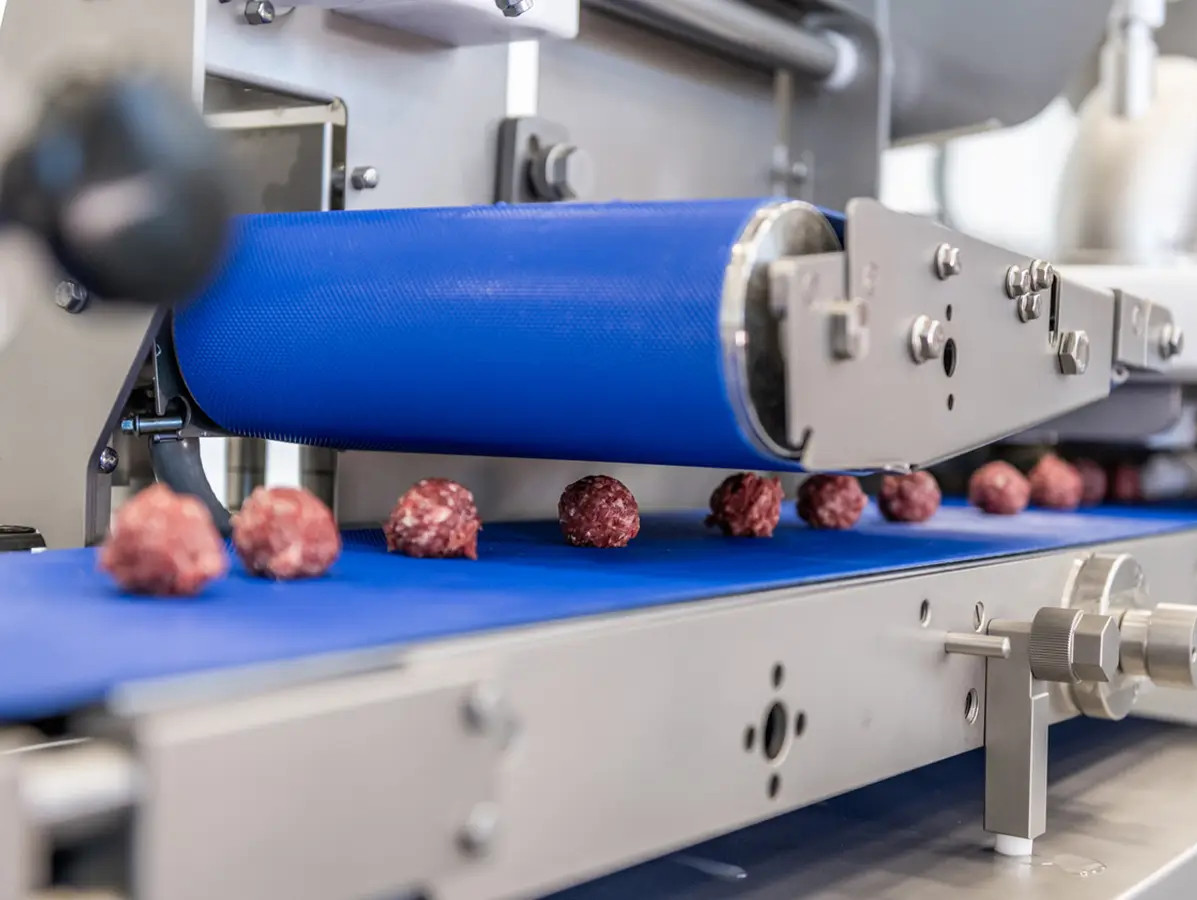
Forty years ago, consumers got their first taste of it: Quorn, made from mycoprotein. The protein-rich ingredient is supplied by Marlow Ingredients, which is now bringing this versatile base material to the global market.
More and more consumers are becoming aware of their meat consumption—it could be a little less. In recent years, countless alternatives to animal-based meat have been introduced. One product that stood out from the start is Quorn, made from mycoprotein. Major players like KFC, Quick, and Greggs are now among the many customers using Marlow’s mycoprotein.
“Our mission is to accelerate the shift towards a more sustainable food system by making our mycoprotein available worldwide,” said Anthony Mulley, Head of Business Development at Marlow Ingredients, to a group of interested food professionals during an inspiration session hosted by Handtmann Benelux in Amersfoort. “Collaboration with innovative partners is crucial to this mission.” That’s exactly why they reached out to Handtmann. Known for developing, supplying, and implementing process-specific machine solutions for the food industry, the company is open to new developments. Once again, it became clear that their machines are capable of processing both traditional and novel ingredients into tasty products without any trouble.
Before we get to try it for ourselves, Anthony explains how enormous quantities of mycoprotein are grown in just a few weeks, using less than one gram of starter culture in 40-metre-high fermentation towers. “With nothing more than glucose, water, and oxygen, you get a pure fungal protein with a neutral taste, packed with protein and fibre. It contains all nine essential amino acids and produces 98% less CO₂ emissions than ground beef.” Since it’s been on the European market since the 1980s, the ingredient does not fall under novel food regulations. “Producers can use the mycoprotein in their own products and tailor the flavour profiles to suit local tastes.”
Meanwhile, in the Handtmann FoodLab, Marlow Ingredients' R&D specialist Vinay had the opportunity to carry out extensive experiments. He worked with various Handtmann machines to blend and mince beef and mycoprotein into appealing hybrid products and to shape them into nuggets, meatballs, and burgers. We tasted both chicken nuggets and beef burgers—each in a 100% meat version and a hybrid version (with 25 to even 40% mycoprotein) for comparison. The texture and flavour of the hybrids were nearly indistinguishable from their full-meat counterparts. The spiced hybrid meatballs in particular stood out—only afterwards did we learn they were all hybrids. The future? It definitely leaves you wanting more.
Source: Vakblad Voedingsindustrie 2025